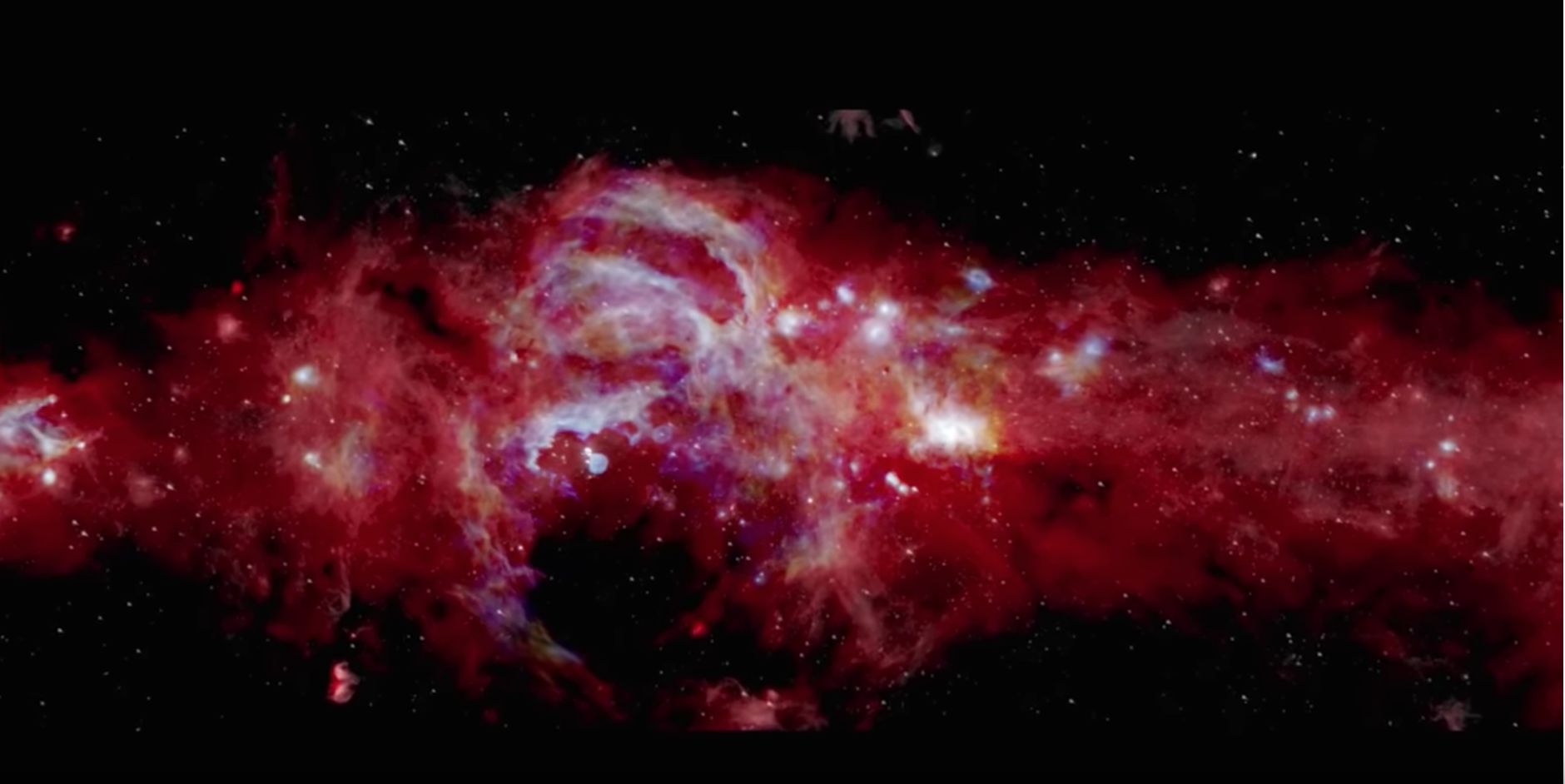Create a free profile to get unlimited access to exclusive videos, sweepstakes, and more!
Stare into the cosmic core of NASA's detailed new Milky Way galaxy image

Just when you thought your little place on our planet was safe and secure, NASA's SOFIA (Stratospheric Observatory for Infrared Astronomy) airborne observatory just captured the most detailed panoramic collage of our Milky Way galaxy ever, and it will engulf you in its awe-inspiring immensity.
The mesmerizing image was recently obtained via the sophisticated in-flight telescope's infrared cameras and spans 600 light-years of the glittering galaxy to stare into the illuminated eye of our home star system. NASA scientists poring over the data discovered a surprising difference in the number of stellar bodies observed, and the crystal-clear composite photo allows for a more intimate look at the supermassive black hole located dead center.
“It’s incredible to see our galactic center in detail we’ve never seen before,” SOFIA researcher James Radomski said in the press release. “Studying this area has been like trying to assemble a puzzle with missing pieces. The SOFIA data fills in some of the holes, putting us significantly closer to having a complete picture.”
Within the concentrated whirls of gas and dust and unprecedented levels of clarity, the image offers researchers a huge opportunity to learn more on the formation of massive stars and a greater understanding of exactly what’s feeding the voracious black hole at our galaxy’s core.
This remarkable new snapshot was collected in July 2019 during SOFIA’s annual excursion to Christchurch, New Zealand, inside a modified 747 jumbo jet, and presented to astronomers at the American Astronomical Society annual meeting in Honolulu on Jan. 5, 2020. It combines SOFIA’s new observance with previously collected data revealing hot and cold material from NASA’s Spitzer Space Telescope and the European Space Agency’s Herschel Space Observatory.
According to the NASA press release, some of the specific features arriving into focus are the prominent curves of the Arches Cluster where lie the galaxy's densest concentration of stars, the 10 light-year-wide gaseous ring of our black hole, and the brilliant Quintuplet Cluster with glaring infernos shining one million times brighter than our own sun.



























